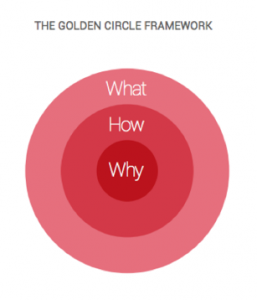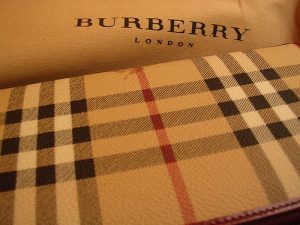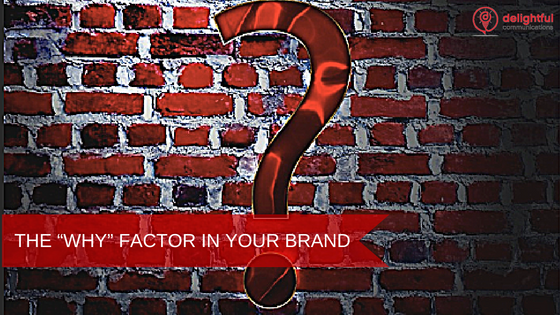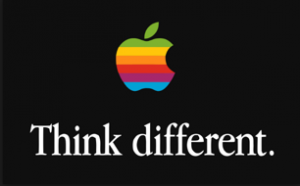We recently stumbled upon the eBook, Thoughts on Crafting a Brand Identity by Brandwatch and it inspired us to discuss the question, “Does your business have the “why” element in your brand and what is it?”
Every company out there has a product or a service they offer, some companies have an idea of what differentiates them, but few companies truly know why they do what they do!
Simon Sinek, a best-selling author, famously known for his Ted Talk: Start With Why, explores the idea of how companies that focus on their core belief are more successful in their branding and marketing strategies.
What’s the “Why” Factor?
Simon Sinek created the Golden Circle Framework to illustrate the diffe rence in how companies operate; he breaks it down into three layers: What, How, and Why.
rence in how companies operate; he breaks it down into three layers: What, How, and Why.
- “What” is the most recognizable framework of a company. Every company has the common understanding of what they do, what they sell, or what they offer.
- “How” is something that some companies understand. Some companies know how they are different and what sets them apart.
- “Why” is something that very few organizations understand. A lot of times companies believe that their “why” is to make money… but that isn’t something that will resonate with consumers. Exceptional companies that focus on their “why” are more likely to build an inspiring brand that conveys their unique philosophy, and ultimately be regarded as some of the most respected and well-disciplined companies in their niches.
To further understand the concept of the “why” attitude, below are a couple of examples of companies that have embraced the “why” persona and have become successful as a result:
Differentiate Your Brand with a “Why”
Apple is a great example of a company that starts with the “why.” In fact, their core belief is the center of their brand and marketing tactics and is arguably the reason Apple has such loyal customers. Simon Sinek gave a great example to illustrate this point: Suppose that Apple mainly focused on their “what.” Their marketing message may be something like this:
“We make great computers. They’re user-friendly, beautifully designed, and easy to use. Want to buy one?”
This statement may be very true, however, this doesn’t sell customers. Instead, they want to know why the computers are great and user-friendly.
Here is a real Apple marketing message:
“With everything we do, we aim to challenge the status quo. We aim to think differently. Our products are user-friendly, beautifully designed, and easy to use. We just happen to make great computers. Want to buy one?”
With this message, Apple truly differentiates itself with a unique brand. There are lots of companies that make “user-friendly, beautifully designed computers” but the “why” differentiates Apple and that is the reason they are so successful and have gained such loyalty from their customers.
In his Ted Talk, Sinek repeated the same phrase over and over, “People don’t buy what you do. They buy why you do it.”
Know the “Why” by Understanding Your Audience
Burberry is a great example of a company that reconnected with its target customers and revisited it’s “why” by understanding their audience’s needs.
Burberry is known for being a very luxury and high-end brand, however, in the early 2000’s, Burberry began to lose its credibility as a “luxury brand” because they began to drift into too many product categories and confuse their customers with mixed messages. Ultimately, without a clear brand position and a “why” factor that resonated with their target customers, their products became far from premium.
Social media data helped Burberry pinpoint the problem and find their “why.” According to this Brandwatch Report, Burberry’s audience is interested in family, fashion, and music based on their social media conversations. Using this information, Burberry invested in building partnerships and revisiting their product offerings while in the process of consolidating their brand image and messaging around why it existed; to provide exclusive and enduring British style.
Ultimately, by revisiting the “why”, Burberry raised the companies value from 2.9 billion to 10 billion in 10 years. Not bad if you ask us!
At Delightful we always encourage our clients to ponder about the “why” – the vision, mission, value proposition and the purpose – for both their business and personal brand.
Simon Sinek’s, “Start with Why” strategy is very valuable and can be applied to any business and individual. So before you click out of this article we want you to take one thing away:
Understanding “why” is vital to understanding how to communicate your “what” and “how”.
In the words of Simon Sinek: “People don’t buy what you do, they buy why you do it!”
Thanks for reading and let us know if you need help with branding your business or yourself!
Daniel Borodyansky – Digital Marketing Specialist at Delightful Communications


